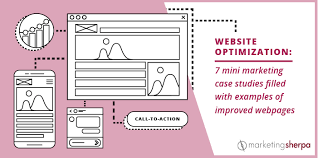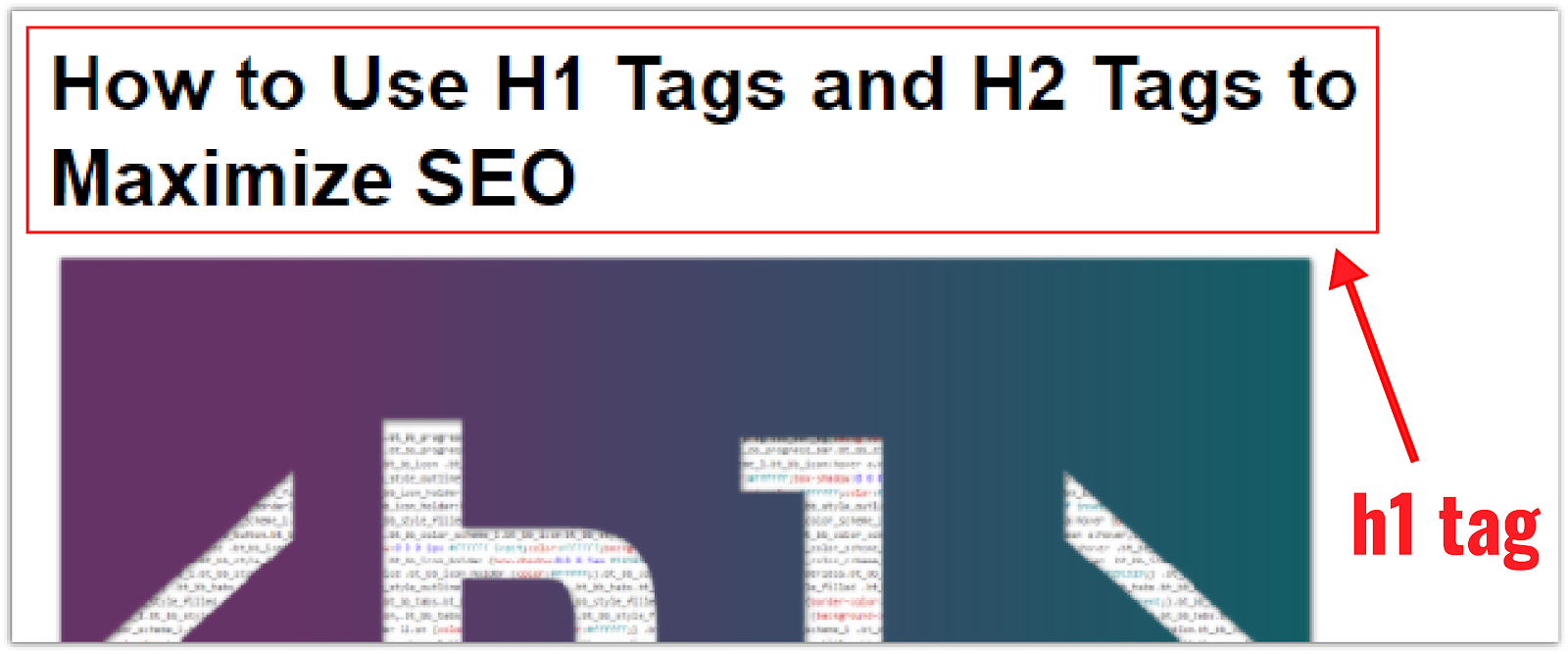The Importance of Website Optimization
Website optimization is a crucial aspect of maintaining a successful online presence in today’s digital age. It involves improving various elements of your website to enhance user experience, increase traffic, and ultimately drive conversions. Here are some key reasons why website optimization is essential:
Improved User Experience
By optimizing your website, you can ensure that visitors have a seamless and enjoyable browsing experience. This includes fast loading times, easy navigation, and mobile responsiveness. A positive user experience can lead to higher engagement and lower bounce rates.
Higher Search Engine Rankings
Search engines like Google prioritize websites that are optimized for performance and user experience. By implementing SEO best practices, such as optimizing meta tags, improving site speed, and creating high-quality content, you can improve your search engine rankings and attract more organic traffic.
Increased Conversions
An optimized website is more likely to convert visitors into customers or leads. By making it easy for users to find the information they need and navigate through your site effortlessly, you can increase conversion rates and drive business growth.
Competitive Advantage
In today’s competitive online landscape, having a well-optimized website can give you an edge over your competitors. A fast-loading, user-friendly site that ranks well in search engines can help you stand out and attract more customers.
Better ROI
Website optimization is an investment that can yield significant returns over time. By improving your site’s performance and user experience, you can increase traffic, engagement, and conversions, leading to a higher return on investment for your online efforts.
In conclusion, website optimization is essential for any business looking to succeed in the digital realm. By focusing on improving user experience, search engine rankings, conversions, and overall performance, you can create a website that not only attracts visitors but also drives results for your business.
9 Essential Tips for Optimizing Your Website’s Performance and Speed
- Optimize images by compressing them for faster loading times.
- Enable browser caching to reduce load times for returning visitors.
- Minify CSS, JavaScript, and HTML files to reduce file sizes and improve loading speed.
- Use responsive design to ensure your website looks good on all devices.
- Optimize meta tags (title, description) for better search engine visibility.
- Reduce server response time by optimizing code and server configurations.
- Implement lazy loading for images and videos to prioritize above-the-fold content loading.
- Fix broken links and optimize internal linking structure for better user experience and SEO.
- Monitor website performance regularly using tools like Google PageSpeed Insights or GTmetrix.
Optimize images by compressing them for faster loading times.
Optimizing images by compressing them is a crucial tip for website optimization. By reducing the file size of images without compromising quality, you can significantly improve loading times on your website. Faster loading times not only enhance user experience but also contribute to better search engine rankings. Compressed images help streamline the overall performance of your site, making it more efficient and user-friendly for visitors.
Enable browser caching to reduce load times for returning visitors.
Enabling browser caching is a valuable tip for website optimization as it helps reduce load times for returning visitors. By storing frequently accessed resources, such as images, CSS files, and scripts, in the visitor’s browser cache, the website can load more quickly upon subsequent visits. This not only enhances user experience by providing a faster and smoother browsing experience but also contributes to improved website performance and overall efficiency.
Minify CSS, JavaScript, and HTML files to reduce file sizes and improve loading speed.
Minifying CSS, JavaScript, and HTML files is a crucial tip for website optimization. By reducing the size of these files through minification, unnecessary characters such as white spaces and comments are removed, resulting in smaller file sizes. This optimization technique helps improve loading speed significantly, as smaller files can be transmitted more quickly over the internet. Implementing minification not only enhances user experience by reducing load times but also positively impacts search engine rankings, as site speed is a key factor in SEO performance.
Use responsive design to ensure your website looks good on all devices.
Ensuring your website looks good on all devices is crucial for a positive user experience. By implementing responsive design, you can adapt your site’s layout and content to fit various screen sizes, from desktop computers to smartphones and tablets. This approach not only enhances usability but also improves accessibility and encourages visitors to engage with your content across different devices seamlessly. Responsive design is a key component of website optimization that can help you reach a wider audience and drive better results for your online presence.
Optimize meta tags (title, description) for better search engine visibility.
Optimizing meta tags, including the title and description, is a crucial step in improving search engine visibility for your website. By crafting relevant and compelling meta tags that accurately reflect the content of each webpage, you can increase the chances of your site appearing in search engine results pages. The title tag serves as the headline of your webpage in search results, while the description provides a brief summary of the page’s content. By optimizing these meta tags with relevant keywords and enticing language, you can attract more clicks from users searching for information related to your website, ultimately driving more traffic and improving your search engine rankings.
Reduce server response time by optimizing code and server configurations.
Reducing server response time is a critical aspect of website optimization that can significantly impact user experience and overall site performance. By optimizing code and server configurations, you can minimize the time it takes for the server to respond to user requests, resulting in faster loading times and improved website responsiveness. Efficient coding practices and server settings can streamline data processing and delivery, ensuring that visitors have a seamless browsing experience. Prioritizing server response time optimization is key to enhancing site speed, increasing user satisfaction, and ultimately driving better engagement and conversions.
Implement lazy loading for images and videos to prioritize above-the-fold content loading.
Implementing lazy loading for images and videos is a smart strategy to enhance website optimization. By prioritizing the loading of above-the-fold content, such as important text and visuals that appear on the initial screen without scrolling, lazy loading helps improve the overall user experience. This technique allows the critical content to load quickly, making the website feel more responsive and engaging for visitors. Additionally, lazy loading can help reduce page load times and bandwidth usage, leading to a smoother browsing experience and potentially higher search engine rankings.
Fix broken links and optimize internal linking structure for better user experience and SEO.
Ensuring that your website is free of broken links and optimizing your internal linking structure are key steps in improving both user experience and search engine optimization (SEO). By fixing broken links, you provide visitors with a seamless navigation experience, reducing frustration and enhancing credibility. Additionally, optimizing internal linking helps search engines better understand the hierarchy and relevance of your content, ultimately improving your site’s visibility and ranking. Prioritizing these aspects of website optimization can lead to increased user engagement, higher retention rates, and improved organic search performance.
Monitor website performance regularly using tools like Google PageSpeed Insights or GTmetrix.
Monitoring website performance regularly using tools like Google PageSpeed Insights or GTmetrix is crucial for ensuring that your website is running at its best. These tools provide valuable insights into factors that can impact user experience, such as page load times, mobile responsiveness, and overall site speed. By regularly monitoring and analyzing this data, you can identify areas for improvement and make necessary adjustments to optimize your website for better performance. This proactive approach to website optimization can help enhance user satisfaction, improve search engine rankings, and ultimately drive more traffic and conversions to your site.




